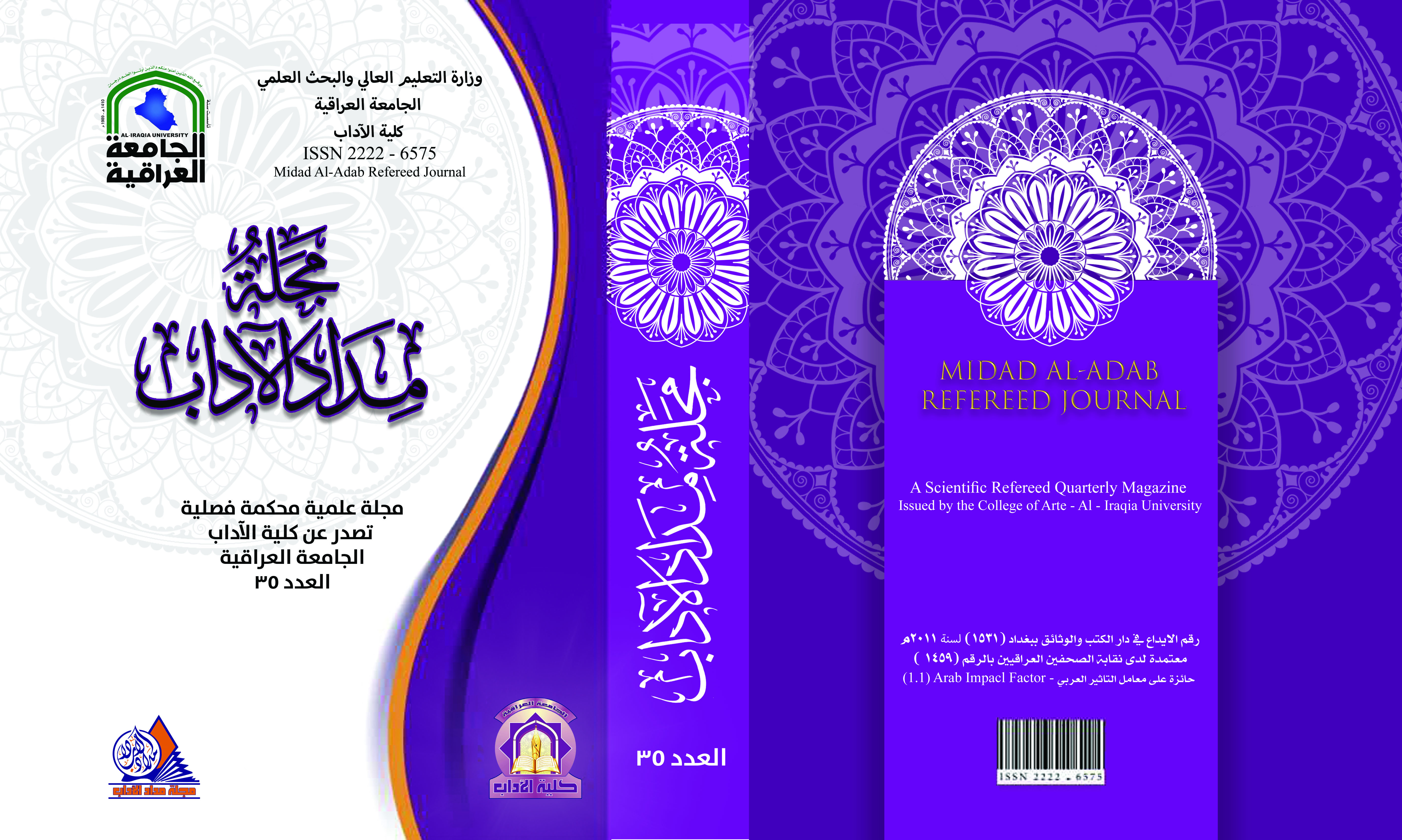Classification and Analysis of the Viability of the Land for Agricultural Production in the District of Sheikhan using the Model (Cervatana)
Classification and Analysis of the Viability of the Land for Agricultural Production in the District of Sheikhan using the Model (Cervatana)
DOI:
https://doi.org/10.58564/ma.v14i35.1374Keywords:
Keywords: Arable land, Cervatana model, viability varieties, soil characteristicsAbstract
Today, modern geography has moved in its new scientific path, Therefore, the goal of the research was devoted to evaluating the land in terms of its ability to produce agricultural production, based on the results of laboratory analysis of soil samples that were taken from field work. The evaluation process was carried out based on FAO indicators, arriving at a map of the productive capacity of the land in the district, which showed that the northern region of the district is It has a low productivity potential, while the center and south of the district have a high production potential which is, and in order to achieve the goal The research used the Cervatana model and soil samples from the field survey to build a spatial document and descriptive data that express the extent of the land’s suitability for cultivation. The research produced four levels of the suitability of the land for cultivation in the district, which is good arable land, which reached a percentage of (29.7%), and an average suitability for cultivation, which reached Its percentage is (82.1%), suitable for pastures and forests, and its percentage is (15.2%), and its percentage is not arable, and its percentage is (27%), which includes the northern sections of the district.
Downloads
Published
Issue
Section
License

This work is licensed under a Creative Commons Attribution-NonCommercial-NoDerivatives 4.0 International License.








